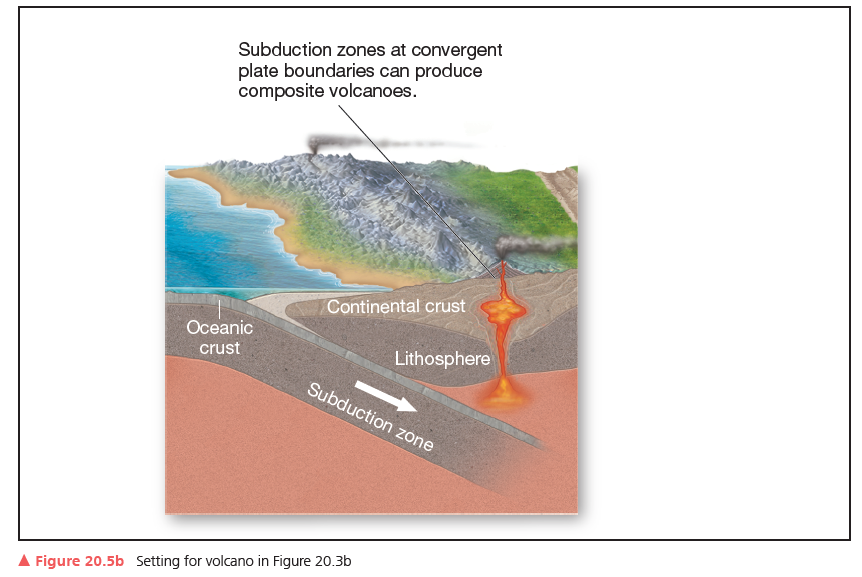A close relationship between unrelated organisms in which one organism benefits and the other is unaffected is known as ________.
A. parasitism
B. mutualism
C. commensalism
D. symbiosis
E. symbiosis and commensalism
Answer: E
You might also like to view...
When increased demand for urban services combines with a shrinking tax base (where businesses and affluent people move out to the suburbs and beyond), central cities around the country struggle with
A) the fiscal squeeze. B) urban sprawl. C) invasion and succession. D) isotopic surfaces. E) how to fill ecological niches.
The albedo of the Earth's surface is about 4 percent, yet the combined albedo of the Earth and the atmosphere is about 30 percent. Which of the following conditions BEST explains why this is the case?
A. low albedo of clouds, low albedo of water B. high albedo of clouds, low albedo of water C. low albedo of clouds, high albedo of water D. high albedo of clouds, high albedo of water
Which volcano is shown in Figure 20.3b? Explain your conclusion. Which tectonic setting is the source of its magma? What are the types of materials produced during eruptions and the hazards associated with these volcanoes?

What connects plankton in categories?
A) Evolutionary history B) Ecology C) Morphology D) Consumption methods